Symposium Examines Success of Augmented and Virtual Reality
The University of New Haven’s Communication and eLearning Departments held a symposium Friday, Oct. 20. The symposium took place inside of the Bartels Student Dining Room and examined the recent success of virtual and augmented reality (VR & AR) in regards to education and storytelling.
The idea to host a symposium first came about in May, when Bonnie Riedinger, director of the office of eLearning, met with Thomas Garrett, chair of the Communications, Film and Media Studies Department, to discuss the heightened popularity of virtual reality in both popular culture and education. Along with Riedinger and Garrett, speakers at the symposium included keynote speaker and producer Randy Finch, artist Paul Michael, technology specialist Crystal Cohen, CEO Hugh Seaton, Jordan Tynes, member of Wellesley College, and Neil Bell, an alumnus from the University of New Haven.
Finch explained the appeal of using virtual reality not only in education, but as a concept as a whole.
“Have you even had the experience of picking up a good book and suddenly it’s three hours later and the sun has set? That’s a good feeling,” said Finch. “Virtual reality can do the same. Once you put on VR you are no longer the observer, you are the protagonist. You can go into VR and into seemingly dangerous environments. In the best VR, we are not passive.”
Finch provided examples of these “seemingly dangerous environments.” In Australia, there is a virtual reality firefighting demo. Perspective firefighters don a headset, a facsimile hose that allows the user to change the water pressure in the VR, and a haptic vest which changes temperature as the scenario and virtual setting changes. People using the demo will be placed right in front of a blazing fire and tested by how well they respond to the given scenario. A hospital in Los Angeles also provides a VR simulation of a children’s trauma center, where a child is in distress and it is up to the user to assess the situation and prescribe the best possible treatment.
However, Garrett believes that virtual reality not only has a place in education, but also in storytelling.
“We are pioneering right now with the technology of virtual reality,” said Garrett. “We are really at a crossroads in entertainment business in whether or not it will increase the value of the viewer’s experience.”
When the floor was opened up for questions, one member in the audience pointed out the limitation of using a headset and other interactive technologies in order to participate in VR simulations and games. Finch believes that such tools are “transitional”, citing a company called Magic Leap, which is interested in creating a type of virtual reality where images can be transmitted into a viewer’s eyes by transmitting beams of light directly into their eyes instead of being restricted to a large and clunky headset.
“We are at the beginning,” said Finch. “Not everyone is going to want to do this, I understand that. But for some of us, we have an opportunity to create rules and ethics for this that could last 100 years.”

Everett Bishop is a senior at the University of New Haven and is student life editor for The Charger Bulletin. He is double majoring in communications...



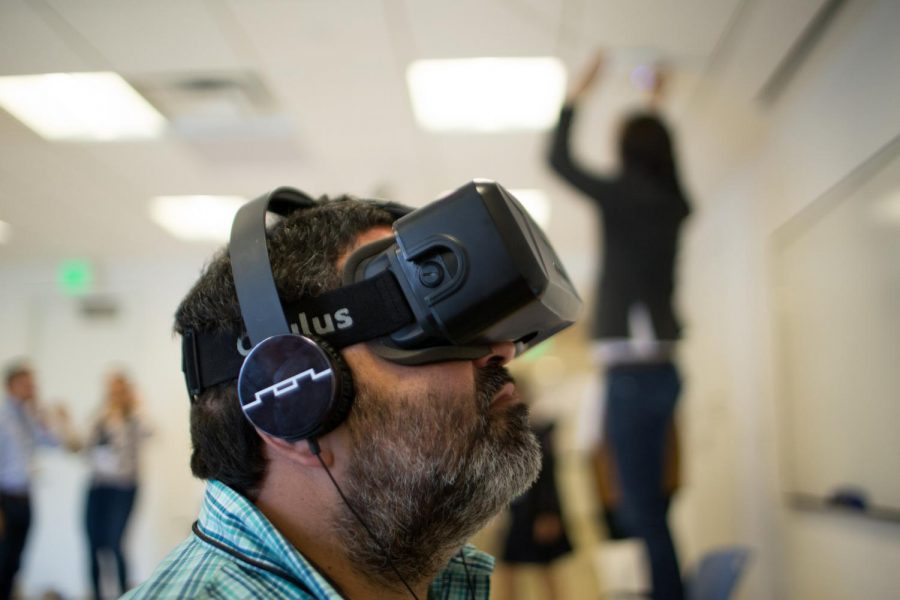
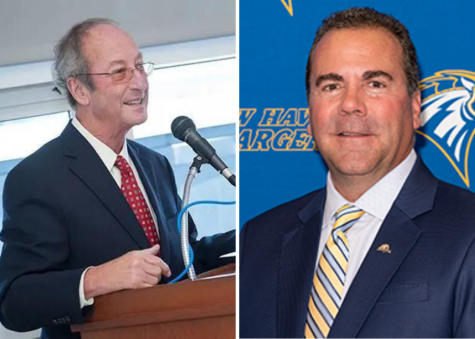

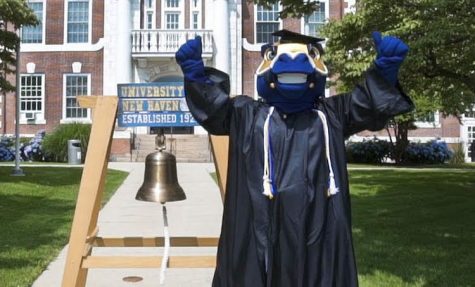
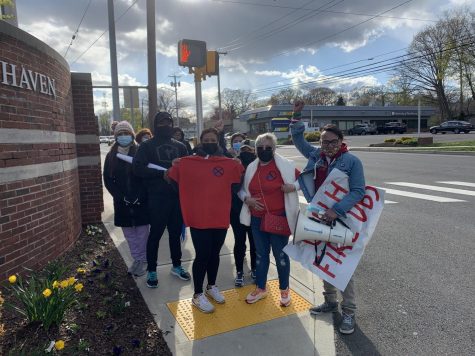

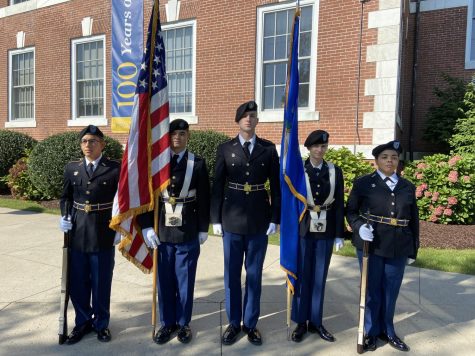

john parker • Aug 30, 2018 at 1:38 pm
Virtual Reality is used for the various purpose. After reading an article from outlook support, I know that the developers are also researching the VR technology to use it to the various sectors like education, business, manufacturing etc.